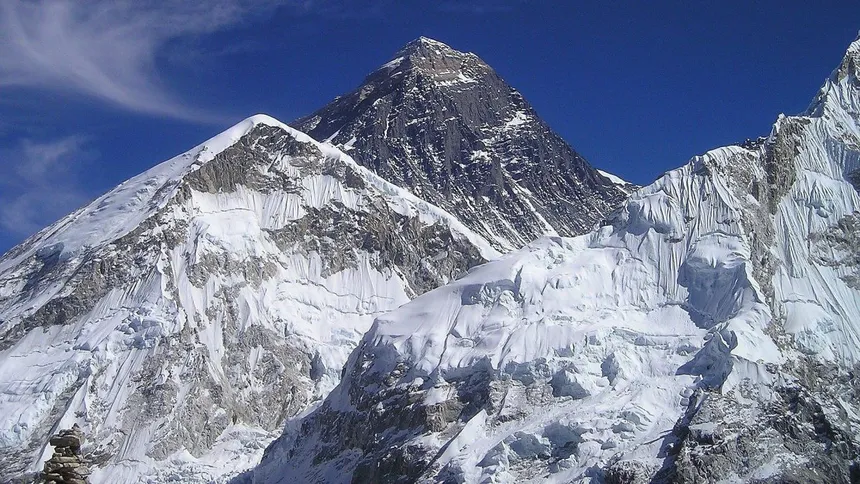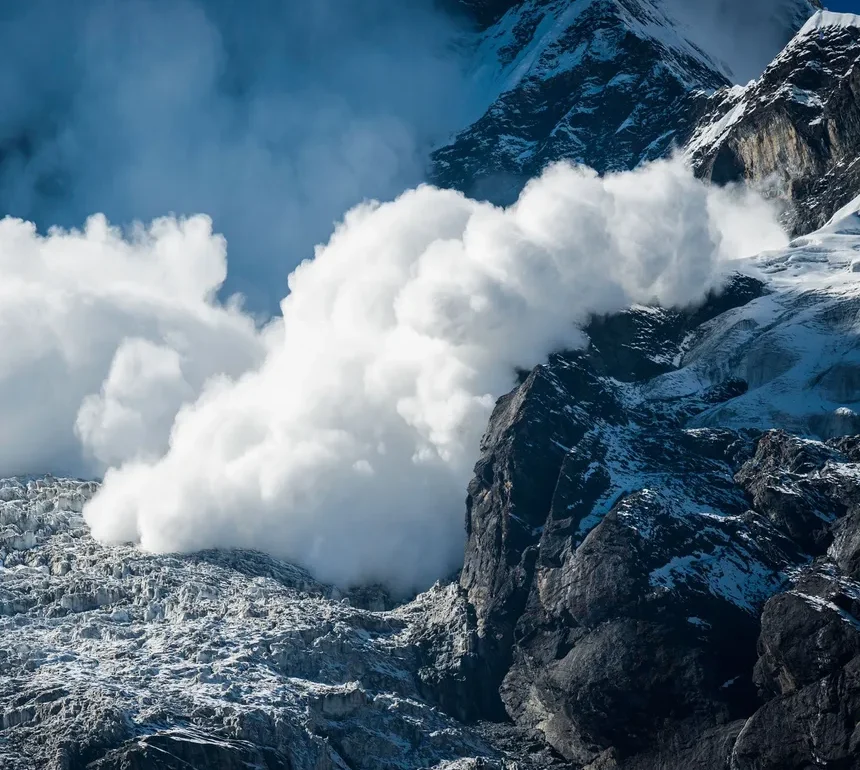The Himalayas, a region known for its breathtaking beauty and challenge for climbers, is beginning to show signs of changing weather patterns that are exacerbating the danger posed by avalanches. Research suggests that an increasing number of deaths are occurring due to avalanches, particularly on popular peaks such as Everest, Ama Dablam, Manaslu, and Dhaulagiri. In the past five decades, at least 564 people have lost their lives to avalanches in the Himalayas, with 33% of those deaths attributed to the natural disasters.
Alan Arnette, a mountaineer and chronicler of climbing seasons in Nepal, notes that mountains have always avalanced, but the frequency and timing of recent events may signal a shift in the region’s climate patterns. The traditional climbing season in the central Himalayas, which falls between March and May, or September and November, is no longer as predictable as it once was. This is due in part to changes in the Indian Ocean’s cyclone season, which is causing more frequent and intense storms to form.
Arun Bhakta Shrestha, a climate scientist at the International Centre for Integrated Mountain Development, explains that the highlands of the Himalayas were previously protected from the impacts of these cyclones, but that occasional exceptions have been causing excessive snowfall and loss of lives. Roxy Mathew Koll, a climate scientist at the Indian Institute of Tropical Meteorology, notes that the rapid warming in the Indian Ocean is causing the monsoon to become more erratic, leading to short spells of heavy rains and long dry periods.
The increased snowfall and unsettled weather patterns are making it more challenging for climbers to navigate the region’s peaks. Fresh and heavy snowfall is one of the main causes of avalanches, and unseasonal storms are exacerbating the danger. Data suggests that popular peaks in the central Himalayas, including Annapurna and Everest, already pose a very high avalanche risk to climbers.
Chris Tomer, a meteorologist and weather forecaster for mountaineering expeditions in the Himalayas, notes that the region’s climate is warming at a rapid rate, with temperatures increasing twice as fast as the global average. This warming is leading to an increase in avalanche activity, as snowpack instability becomes more prevalent. A 2018 study used tree rings as a proxy to reconstruct the snow avalanche history in the Indian Himalayas, finding that warmer temperatures in winter and early spring have led to an increase in avalanche frequency.

The study also found that avalanches may become more lethal in the future, as higher snow densities in wetter avalanches can limit the respiration of completely buried victims, and blunt trauma and secondary injuries may become more frequent due to thinner snow cover and rougher terrain.
While it is difficult to definitively attribute the increase in avalanche fatalities to a single factor, experts suggest that climate change is likely playing a role. Jakob Steiner, a hydrologist at the Himalayan University Consortium and the University of Graz in Austria, notes that the steady increase in avalanche fatalities cannot be attributed solely to climate change, but that its footprint can be seen. The lack of long-term observations and poor documentation makes it challenging to conduct attribution work, but Steiner hopes to eventually prepare a comprehensive record of avalanches to better understand the relationships between climate and potential triggers.
As the Himalayas continue to warm at an alarming rate, climbers and experts alike must adapt to the changing weather patterns and take necessary precautions to ensure their safety. The reality of climate change is making the mountains more treacherous, and it is crucial that we understand and prepare for the consequences.

